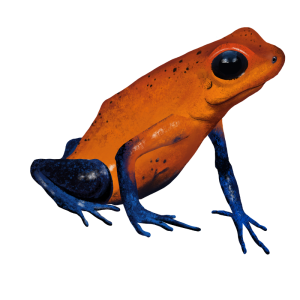Nienke’s story: ‘Follow the birds and discover Costa Rica’s bird paradise’
Nature lover and birdwatcher Nienke recently visited the breathtaking rainforests of Costa Rica. In the coming period, she will recount her experiences in vivid detail in a series of stories. Enjoy reading this first blog!
“When I close my eyes, I’m back there again…“
“…In the heart of an overwhelming oasis of greenery, where the rainforest embraces me like a loyal friend. The wind whispers softly, the leaves sway rhythmically to its message. The sun always finds a crack to peek through and casts one last glimpse. Evening falls, the cicadas give the signal. The rainforest of Costa Rica never sleeps—and will always remain with me.”
My name is Nienke, I am married to Patrick, and together we share a love of bird watching. Our motto: “Follow the birds and you’ll find the most beautiful places.” That brought us to Costa Rica for five weeks in the spring of 2025, the country I still dream about. In this blog, I’ll take you to one of our first birding moments during this trip: an experience that further fueled my passion.
Help to protect the rainforest!
Preparing for our birding trip through Costa Rica
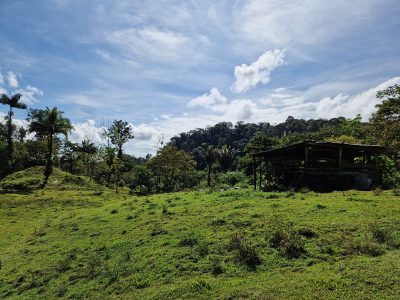
Five weeks of intensive birdwatching requires some preparation. Standard travel guides don’t tell you where to find the Long-tailed Manakin (“you say what?!”). That’s why Richard Garrigues’ “The Birds of Costa Rica” was already worn out before we left. Our list of target species grew into a true mantra.
The moment Patrick shouted “Honey, Oropendula!” at 5:30 a.m., I knew the journey had begun. As on many mornings after that, I jumped out of bed, put on my hiking pants, and grabbed my binoculars and camera. Even though we had five weeks, it felt like we had no time to lose. I wanted to take in everything this beautiful country had to offer.
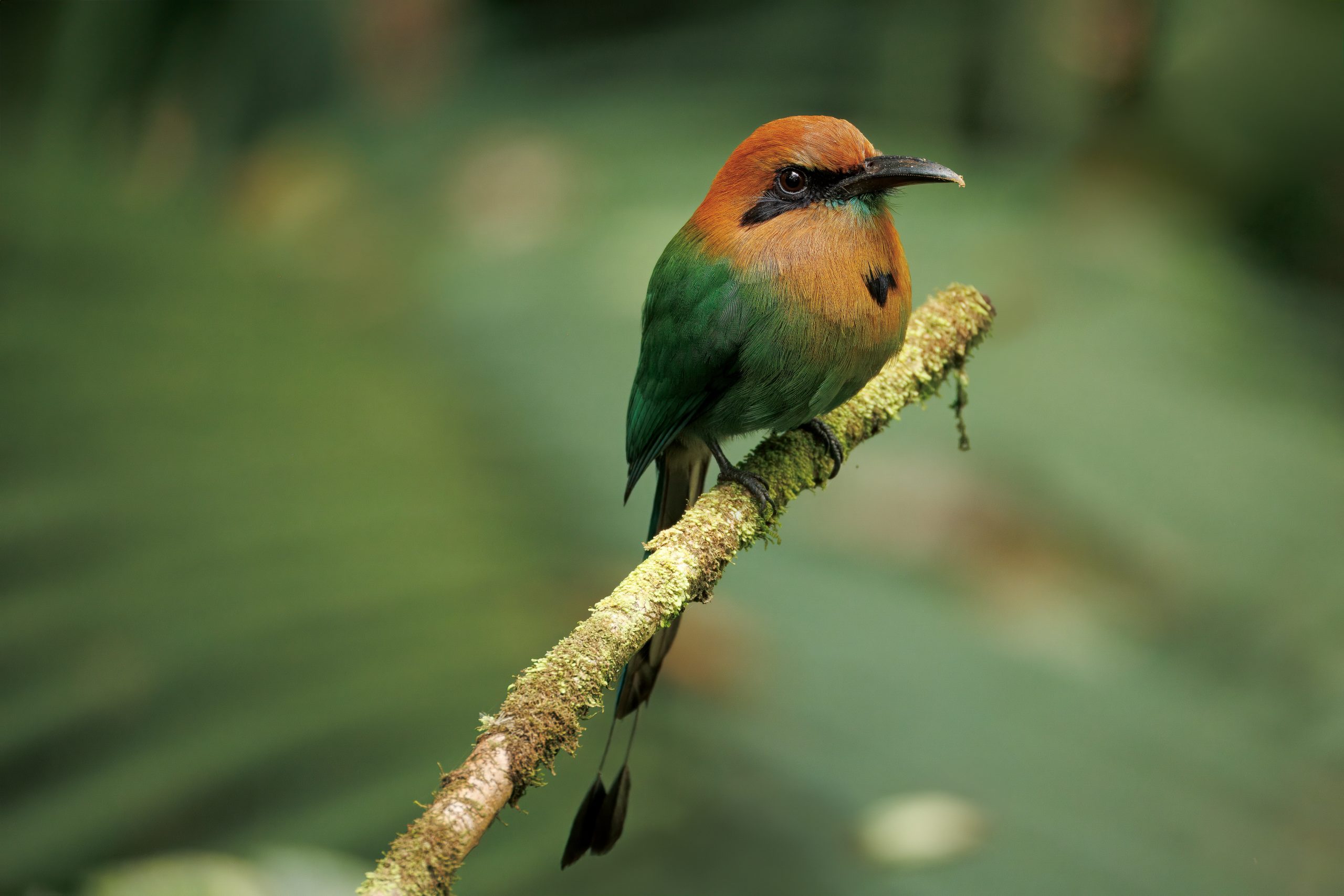 Birdwatching in the Nectar Pollen Reserve, Costa Rica
Birdwatching in the Nectar Pollen Reserve, Costa Rica
On the third day, we visited the Nectar Pollen Reserve, a private estate where more than 300 bird species have been observed via eBird. This is where my enthusiasm was ignited. Together with our guide and two local retirees, we explored the densely vegetated terrain. The birds here rarely show themselves at feeding places, so it requires real detective work. My eye was not yet trained enough to distinguish every silhouette among the greenery, but listening helped me along. That’s how we discovered a beautifully colored bird with a striking tail: the Broad-billed Motmot. This bird species hunts large insects from a fixed perch. That gave me time to observe and take pictures. That alone made the day a success for me! But we came here with one specific bird in mind.
The special encounter with the Long-tailed Tyrant
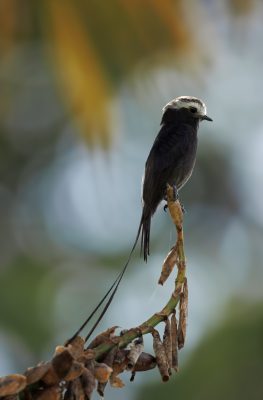
After a walk through hilly terrain, we suddenly saw it: perched on the very top of a dead tree was an elegant bird with long tail feathers and a white crown. The Long-tailed Tyrant—a flycatcher that breeds in dead trees, sometimes in abandoned woodpecker holes, and feeds on insects such as stingless bees. Our local walking companions, true bird lovers, were unaware of the existence of this bird. We stood there together, amazed and happy, enjoying this special moment. Afterwards, we exchanged contact details and shared our observations via eBird.
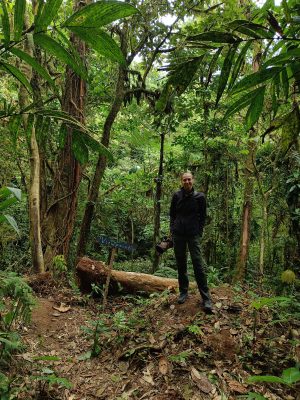 Birdwatching as a connection with nature and people
Birdwatching as a connection with nature and people
For us, birdwatching means more than just seeing birds: it’s about wonder, connection, sharing passion, and respect for nature. That experience in Costa Rica deepened my love for birdwatching and strengthened my commitment to nature conservation. Because caring for birds starts with caring for their habitat.
Help to protect the rainforest!
